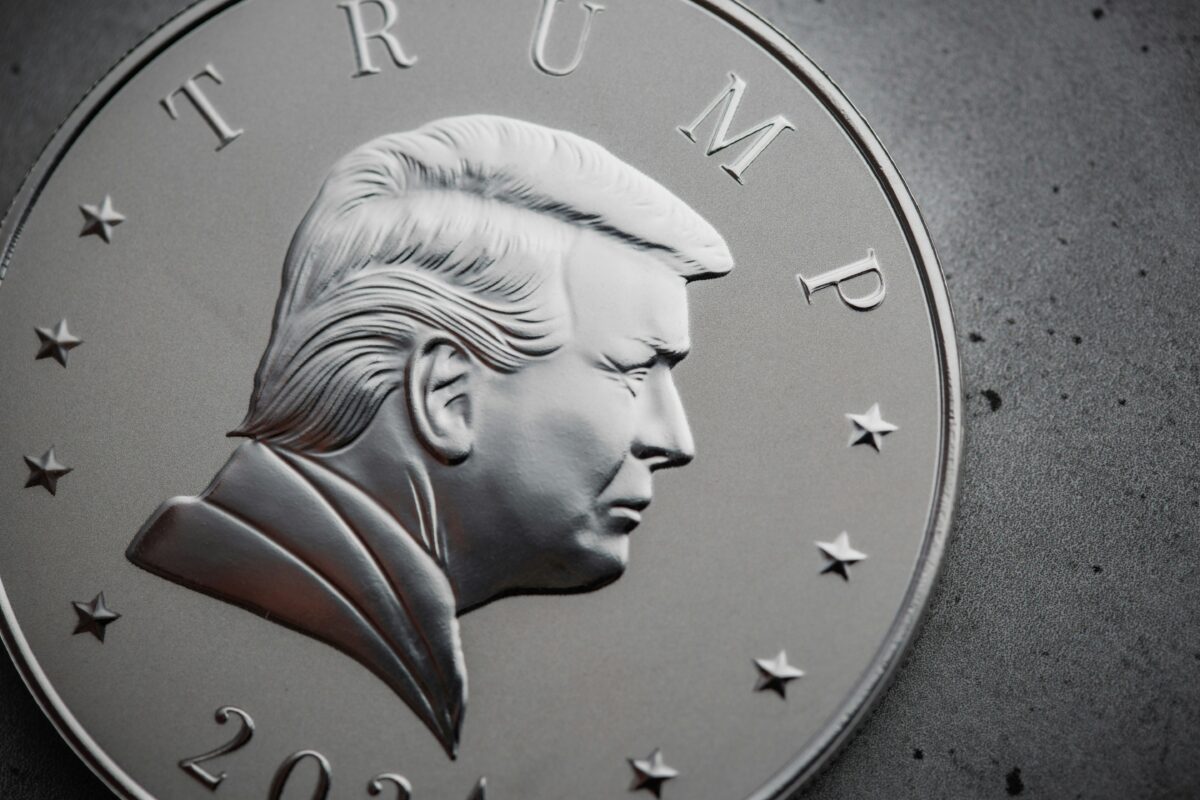By Mali Chivakul, emerging markets economist at J. Safra Sarasin Sustainable Asset Management
China’s consumption patterns in light of the recent policy easing announcements pose two key questions. Firstly, will higher Chinese consumption spill over to imports? Secondly will emerging markets (EM) benefit from such development?
While post-Covid household spending surged last year, imports of consumer goods only rose slightly. There has been a shift in consumers’ preferences towards services and experience. Imports of travel services is now back at the level seen in 2019. Social transfers to low-income households will likely be spent mostly domestically, with little direct spillovers to the rest of the world. Commodity imports could eventually increase somewhat on the back of stronger aggregate demand.
Household consumption has supported growth in the post-Covid era. China’s urban household expenditure grew 8.3% in 2023, much higher than nominal GDP growth at 4.6%. It has risen so far this year by 6% (compared to 4% nominal GDP). Higher labour market uncertainty, falling home prices and deflationary pressure have led Chinese households to become more cost conscious. Consumers have moved away from more expensive to cheaper goods, and prioritised services and their ‘experience.’ Some call this a ‘consumption downgrade.’ McKinsey’s survey of consumers suggests that consumers would like to spend more on education, food, health products and services and travel. This can also be seen from urban household expenditure data where the share of health care and residence have gone up over the years.
Consumption down grade does not bode well for imported goods and services. Imported consumer goods are generally at the high end of the range. While household expenditure surged by 8%, import of consumer goods grew only 1.2% in 2023. Overseas trips have been cut back and replaced by more frequent domestic shorter trips. This is in line with the flatlining of imports of goods and services in the last two years.
Within the envelope of total imports, the share of consumer goods has also been flat at 13% of total imports since 2018 . Developed markets dominate imports of consumer goods with the US, Japan and Germany among the top three, and together with Australia, France, Korea and Italy, they account for about half. These would be the main beneficiaries from higher overall consumption in China. Tourism is back to the levels seen in 2019.
On the services side, imports of travel services have recently been slightly above $20 billion per month, similar to the level seen in 2019. Chinese tourists have gradually come back to Asian destinations. Monthly arrivals have risen closer to pre-pandemic levels, especially for Macao and Singapore. These Asian destinations will likely be the main beneficiaries of higher travel spending.
The direct spillovers to imports will also depend on the nature of the fiscal stimulus. According to Reuter’s report, part of the reported RMB 2 trillion fiscal package would be transfers to households with more than two children. These households typically have lower saving rates, so they are prime candidates to boost consumption. Spending on services (childcare, education and health service) is the most likely candidate. The spillovers to imports will likely be small in this case.
In general, social transfers to support low-income households will likely be spent mostly domestically. These include health spending and pension, which experts have advocated for. Spillovers to imports will be small while the impact on commodity imports will also be limited. Middle to upper-income households are the ones who spend more on imports but are unlikely to directly benefit from a consumption-oriented fiscal package. Their hope is that the fiscal package will be large enough to lift overall income prospects, which deter mine their spending patterns.







